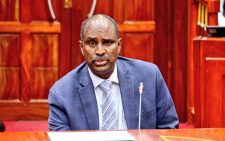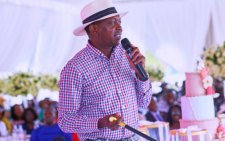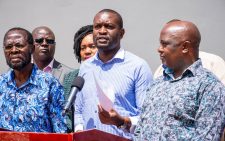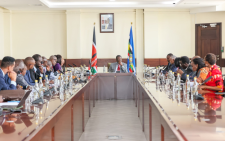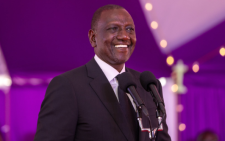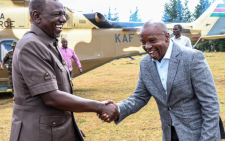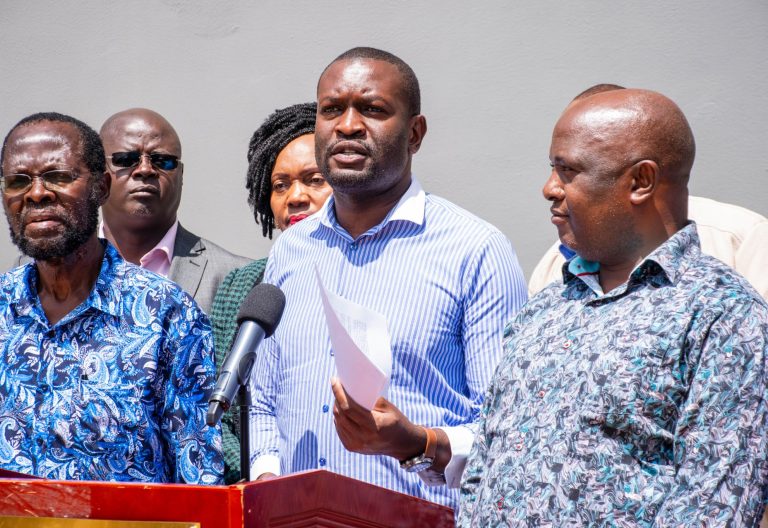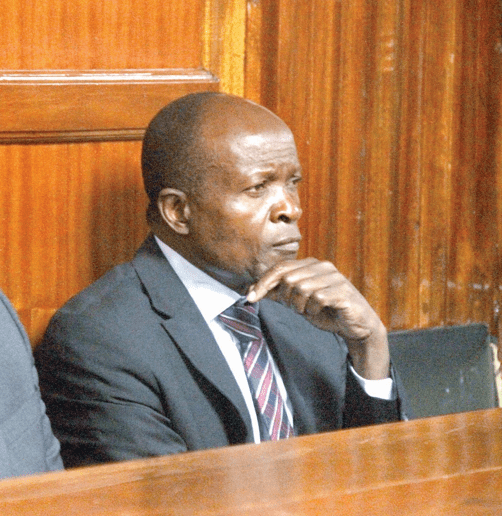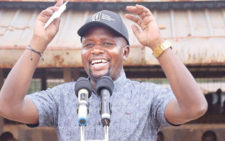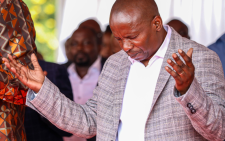2022 election morphing into high-stake contest
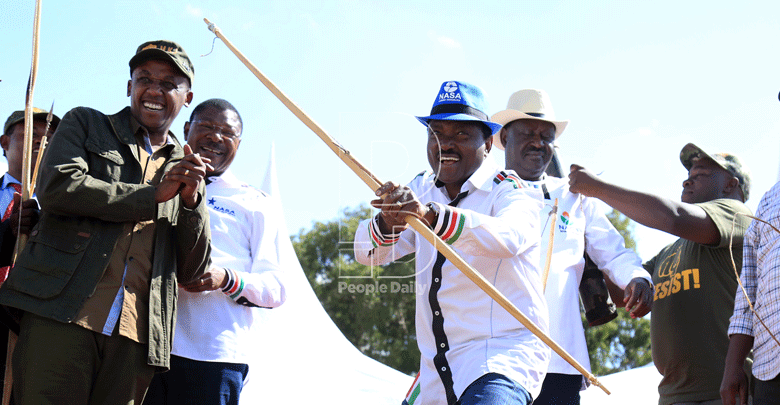
The race to 2022 General Election has developed into a high stakes contest, revolving around political formations, ethnicity, the economy, poverty and integrity issues.
All the aspiring candidates for the presidency, parliamentary and gubernatorial seats down to the wards, are coalescing around political parties to earn a ticket at the ballot.
Political parties hold the coveted prizes in the politicians’ 2022 calendar. The scramble for a ticket in a party stronghold is generating intense competition and anxiety.
Focus has now shifted to the upcoming party nominations, with party leaders at pains to assure followers the exercise will be free and fair.
The party membership at the grassroots has become a prized commodity and members are demanding that they must have a say, on who they will pick as their representatives during the nominations.
Party leaders are walking a tight rope, delicately balancing the interests of incumbent loyalists and aspiring new entrants keen to capitalise on their parties’ popularity on the ground.
Members relish an only opportunity to assert their democratic right after four years of hibernation. The leadership must manoeuvre this tricky terrain to the satisfaction of all party members and aspirants.
How the party nominations are conducted will impact heavily on the leading candidates’ performance in the presidential race.
With Jubilee Party fragmented, the stakes are particularly high for the ruling party formed in a merger between The National Alliance (TNA) and the United Republic Party (URP).
The acrimonious split in Jubilee has ruptured the fragile coalition that capitalised on an ethnic wave to capture 173 seats out of 349 in the National Assembly and 35 out of 67 in the Senate in 2017.
Splinter party United Democratic Alliance (UDA) is yet to prove whether it can match the votes it scooped with Jubilee.
With the political co-habitation divorced, ex-Jubilee now UDA members have been edged out of key positions in both Houses.
The bitter fallout in Jubilee has worked to the advantage of the Orange Democratic Movement (ODM), after the 2018 Handshake between President Uhuru Kenyatta and ODM leader Raila Odinga.
ODM has 96 seats in the National Assembly and 17 in the Senate. One Kenya Alliance (OKA) coalition members Wiper (23/3), ANC (14/3), Ford-Kenya (13/1), and KANU (10/3)
The two parties and OKA’s cooperation in Parliament has enabled government to pass key Bills for development programmes amid the Covid-19 pandemic, the dragon of corruption and an extremely difficult economic situation aggravated by a harsh drought and the impact of climate change.
Mt Kenya region has become a prized vote-hunting ground for the prime contenders for the seat – Raila, UDA flag-bearer Deputy President William Ruto and OKA.
Last weekend Raila made a triumphant well-choreographed visit to Nyeri. After the disappointment of his and President Uhuru’s signature Building Bridges Initiative (BBI) nullified by the Court of Appeal, Raila has reformulated the initiative into his campaign platform with the slogan Azimio la Umoja.
The stately poise of Raila’s campaign echoes BBI’s theme of national unity. A stark contrast to the initiative’s chief opponent- the DP, now in a dilemma of lampooning the government he is serving yet seeking to milk the legacy of its achievements.
Integrity is critical as Kenyans search for a leader, who will genuinely find a formula to alleviate the unity and poverty quagmire that defies ethnicity and political party barriers.

